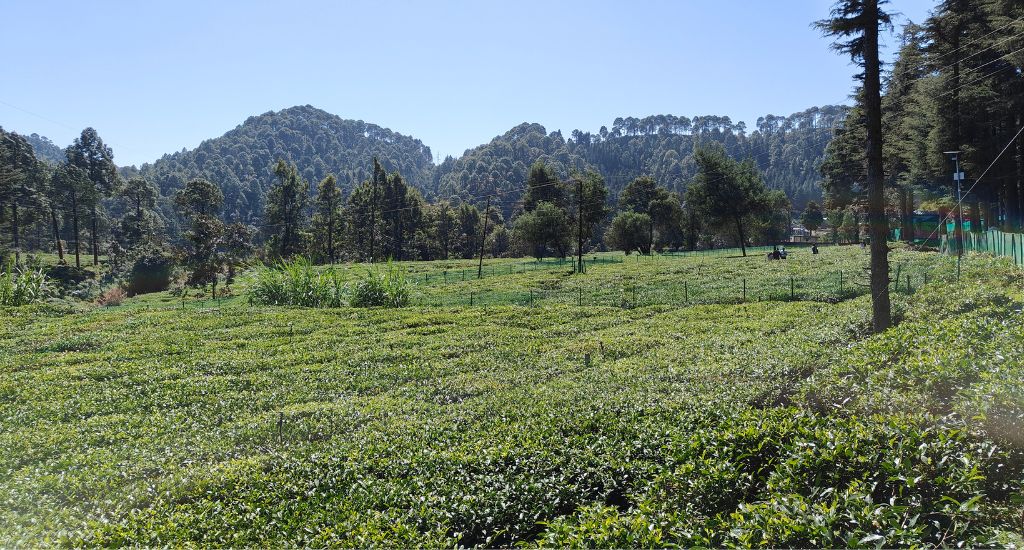
Cultivating liquid gold in Uttarakhand’s tea odyssey
A brew of tradition and ambition unfolds in the lush terrains of Nainital as sustained efforts to grow tea by 10 villages and the Uttarakhand tea board are reaching fruition.

A brew of tradition and ambition unfolds in the lush terrains of Nainital as sustained efforts to grow tea by 10 villages and the Uttarakhand tea board are reaching fruition.
A cup of milky, sweet kadak chai is the beverage of choice for the vast majority in Uttarakhand. For those who can read the tea leaves, there’s also a revolution brewing on the hillslopes of Nainital district in this Himalayan state, infusing the undulating landscape with hues of green and promise.
At the heart of this quiet transformation is the Tea Development Board of Uttarakhand. The board is on a mission to make its mark in the tea market.
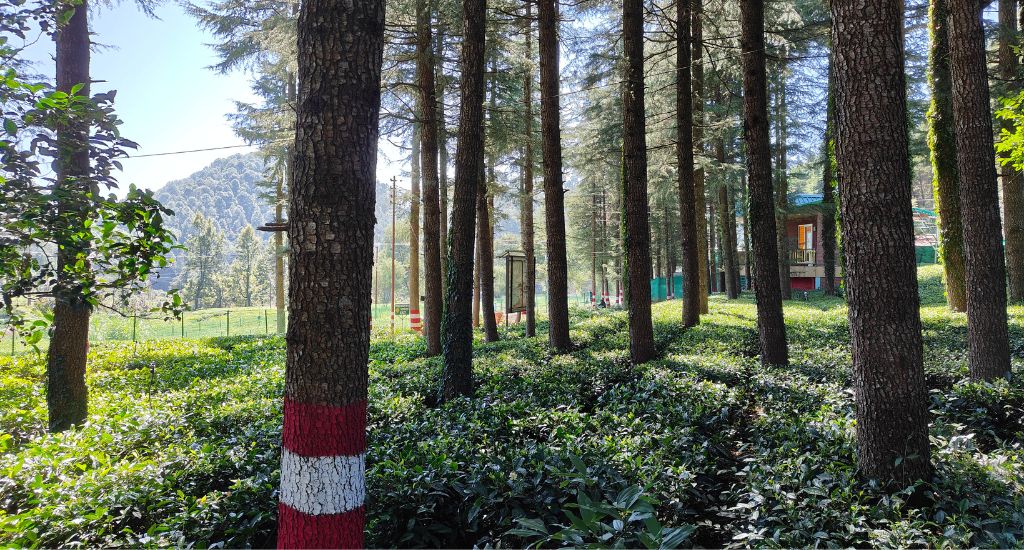
Leases signed in ten villages, starting in 2016 and culminating in 2020, now bear fruit – or rather leaves. Robust tea plants, aged three to seven years, stand as a testament to a venture that will soon yield the Nainital region’s first batch of packaged tea leaves by March of 2024. However, this success story unfolds against a backdrop of patience and challenges.
The tale of Uttarakhand’s tea plantations dates back to the 1870s when tea grown at Berinag in Pithoragarh district gained popularity, finding favour even among the English elite, including architect Laurie Baker. However, managerial and ownership issues led to the neglect of the Berinag plantations, eventually revived in 2004 by the tea board and cooperative initiatives.
Jeevan Singh Bisht, a landowner from Dadim village, leased two acres to the tea board eight years ago, initiating a process that requires four to five years before the first pluckable leaves emerge. “We lost around two-and-a-half years to testing and finalising the ideal clone,” he said. The rewards, however, are not just aromatic – the landowner can expect returns ranging from Rs 80,000 to Rs 1 lakh per acre after the assessment.
Also Read: Cup full of joy — tea time in India
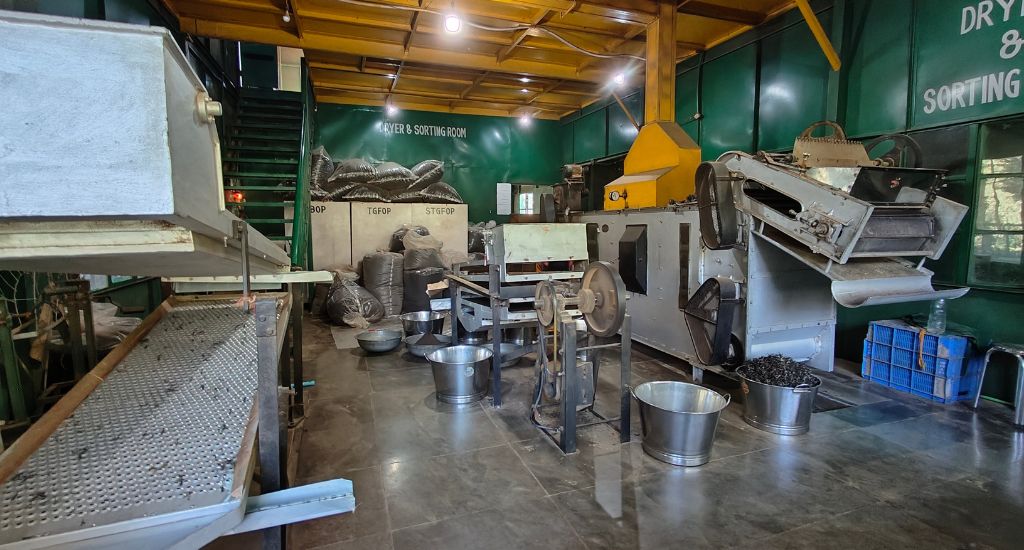
“We planted Tocklai tea clones from Assam on 80% of the land, with the remaining portion dedicated to Darjeeling tea. The Tocklai clones have shown better growth in this area,” Bisht said.
The tea board had conducted test runs and meticulous experimentation has paved the way for an ambitious journey. “From growing wheat on flat patches to switching to apples, peaches, and plums, it seems that time has now come for tea cultivation here,” said Himanshu Negi, a labourer in the Nathuakhan village plantations. He earns Rs 230 a day as wages under the MGNREGA employment generation scheme.
About 40km away, a tea factory established at Ghorakhal in 2007 is awaiting the first batch of leaves from the plantations. With the capacity to produce 11,000kg of packed tea a year, the factory is poised to elevate its output as tea leaves flow in from the leased lands in ten villages. At present, its annual output averages at around 2,000kg of packed tea.
Santosh Rawat, a clerk at the Ghorakhal tea factory, highlighted the unique flavour of tea produced in the region. “The snowfall here helps in late bud formation. So, when the leaves are plucked after the winter months they are rich in flavour,” he said.
Also Read: Tea Tales – India’s ever evolving chai culture
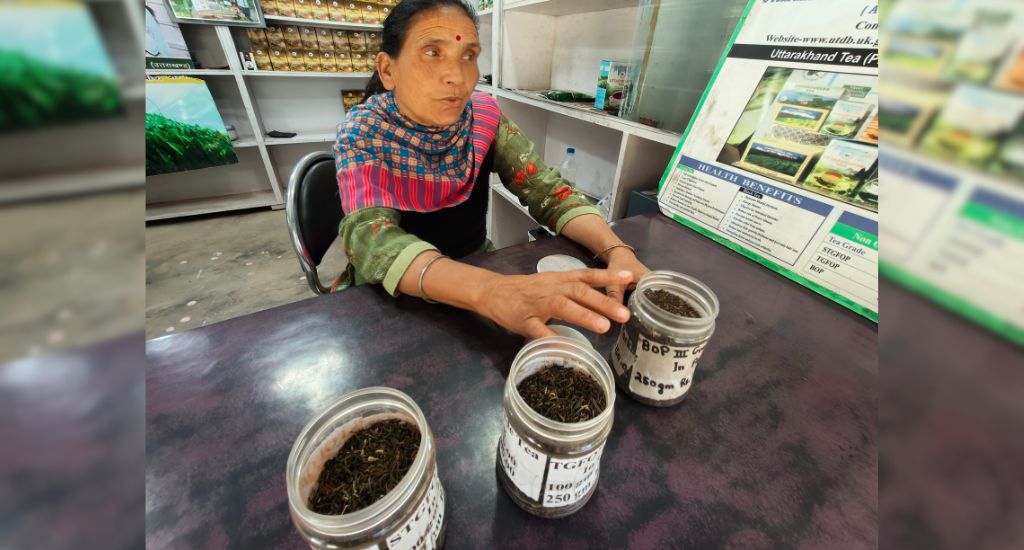
The tea produced at Ghorakhal is exclusively orthodox, with only green and black tea varieties. “What we sell here is mostly organic,” affirmed Rawat. The purity of Uttarakhand’s tea is attributed to its untainted surroundings, both in soil and air, creating a unique fragrance and lightness.
Besides Ghorakhal, tea processing factories have also been set up in Nauti, Champawat and Kausani. Organic tea, a hallmark of Uttarakhand’s endeavour, is sold at Rs 600 to Rs 1,400 a kg, while non-organic variants range from Rs 400 to Rs 1,200.
This growing tea industry is not just a boon for tea enthusiasts but also for local farmers traditionally engaged in fruit cultivation. “Growing tea privately will still take some time. But the transition might happen sooner than later,” mused Jitendra Dangwal, a fruit orchard owner of Simayal village. Devi Singh Bisht, another landowner from Dadim village, added a practical advantage: “One big advantage of growing tea is that the plant is not destroyed by wild animals and monkeys.”
Also Read: Celebrating India’s favorite beverage – chai
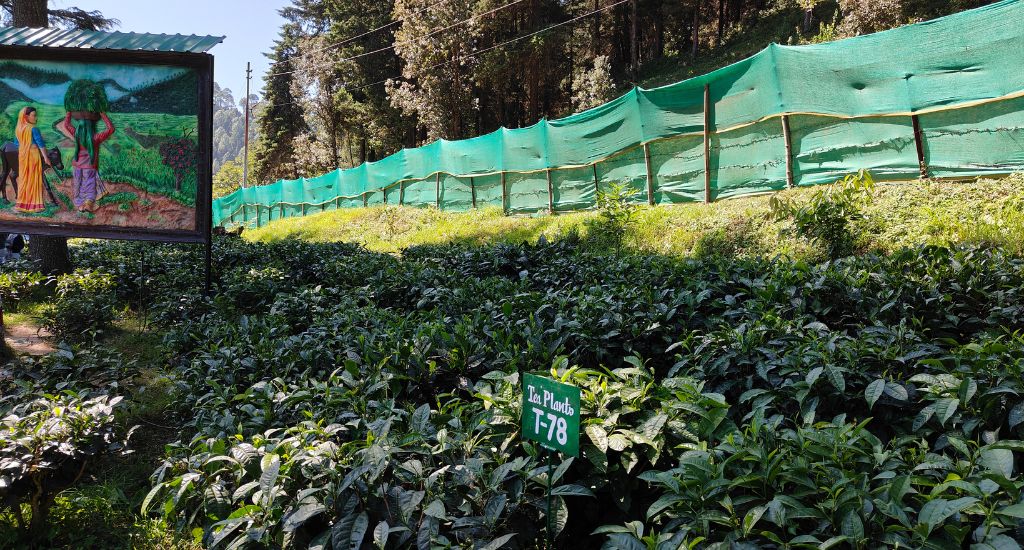
Amidst the lush hills, the prospects of tea farming are not confined to cultivation alone. Excitement ripples through the local residents as they anticipate a boost in tea tourism. Gajendra Negi, an entrepreneur running an auto repairs shop and a homestay in Odakhan village, envisioned tea gardens as an added allure for visitors.
“The mountains here are clean and beautiful, and the fruit orchards and forests make it a tourist hub. Tea gardens will add to the attraction,” he said. As the hills embrace this liquid gold, Uttarakhand’s journey into the realm of tea holds promises of prosperity, tradition, and a fresh chapter in its scenic narrative.
Also Read: Agri-entrepreneurship: Inspiring family story in a cup of lemongrass tea
Also Read: Be in the pink this winter with Kashmiri noon chai
The lead image at the top shows the Uttarakhand Tea Board estate and factory at Ghorakhal near Nainital (Photo by Anurag Tomar)
Anurag Tomar is a former journalist who now lives in a village in the Uttarakhand hills.